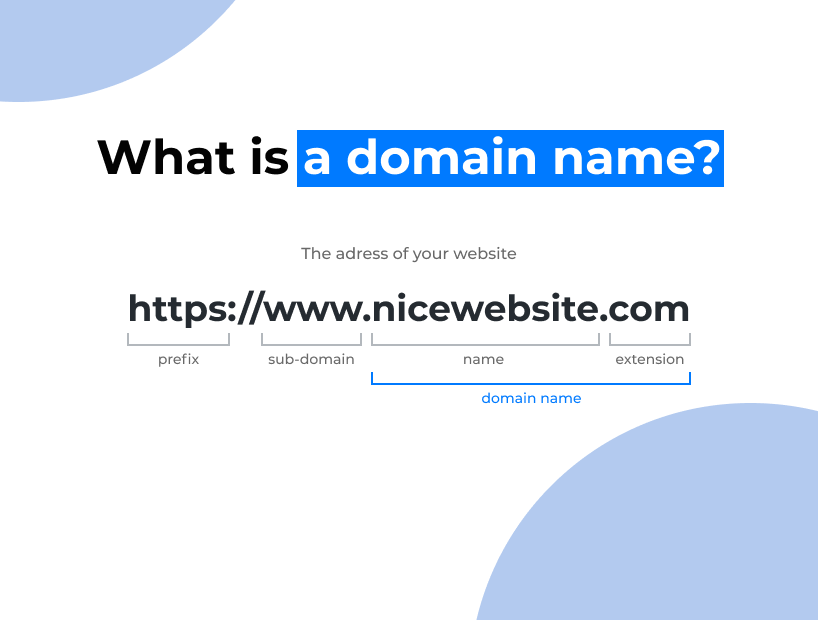Starting an e-commerce business can feel like an exciting yet overwhelming venture. With the rise of online shopping, many entrepreneurs are eager to dive into this booming market. But where do you begin? In this guide, we’ll walk you through the process of setting up your online store and growing it effectively, with tips on using ecommerce SEO services to drive traffic and boost sales.
Step 1: Define Your Business Idea
Every successful e-commerce business starts with a solid idea. Take some time to brainstorm:
- What will you sell? Identify products or services that solve a problem or fulfill a need.
- Who is your target audience? Understand your ideal customers—their preferences, pain points, and online habits.
- What sets you apart? Research your competitors to identify what makes your offering unique.
For example, if you’re passionate about sustainable fashion, your store could specialize in eco-friendly clothing. Having a clear vision will guide your decisions as you move forward.
Step 2: Choose the Right E-commerce Platform
Selecting the right platform is crucial to your e-commerce business. Platforms like Shopify, WooCommerce, and BigCommerce offer user-friendly interfaces and a range of features to suit different needs. Consider:
- Ease of use: Can you easily manage your store without extensive technical knowledge?
- Customization: Does the platform allow you to design your store the way you envision?
- Scalability: Will the platform grow with your business as you expand?
Take time to explore these options and pick one that aligns with your goals and budget.
Step 3: Register Your Business and Domain Name
Once you’ve decided on a business name, it’s time to register it. Secure your domain name—the web address for your store—as soon as possible. Ideally, your domain should be short, memorable, and reflective of your brand.
For example, if your store is called “EcoWear,” a domain like “www.ecowear.com” would be ideal. Don’t forget to check domain availability and ensure it aligns with your brand identity.
check out this e commerce website for understanding vampedbytb.com

Step 4: Design Your Online Store
Your website is the face of your business. Make sure it’s visually appealing, user-friendly, and optimized for conversions. Key aspects to focus on include:
- Homepage: Create a welcoming and engaging homepage that showcases your products.
- Navigation: Ensure customers can easily browse categories and find what they need.
- Mobile responsiveness: Your site should look great and function seamlessly on all devices.
- Checkout process: Simplify the checkout process to reduce cart abandonment.
Many platforms offer customizable templates to help you get started. Remember, first impressions matter, so invest time in creating a professional look.
Step 5: Source Your Products
If you’re selling physical products, decide how you’ll source them. Common options include:
- Dropshipping: Partnering with suppliers who handle inventory and shipping.
- Manufacturing: Producing your products yourself or through a manufacturer.
- Wholesale: Buying in bulk from suppliers and managing inventory.
Each method has its pros and cons. Dropshipping is cost-effective but offers less control, while manufacturing gives you complete control but requires higher upfront investment.

Step 6: Set Up Payment and Shipping Options
Your customers need secure and convenient payment methods. Popular payment gateways include PayPal, Stripe, and Square. Ensure your payment process is straightforward and trustworthy.
Shipping is another critical factor. Offer multiple shipping options—standard, expedited, and free shipping for qualifying orders. Clear communication about delivery times and costs builds trust and encourages purchases.
Step 7: Market Your E-commerce Business
Launching your store is just the beginning. To attract customers and drive sales, you’ll need a robust marketing strategy. Here’s where ecommerce SEO services come into play:
- Optimize your website: Use relevant keywords like “How to start an e-commerce business” in your content, product descriptions, and meta tags to rank higher on search engines.
- Content marketing: Create engaging blogs, videos, and social media posts to attract and retain customers.
- Email marketing: Build an email list and send regular updates, promotions, and personalized recommendations.
- Social media advertising: Leverage platforms like Instagram and Facebook to reach your target audience.
Investing in ecommerce SEO services ensures your store remains visible in search results, driving organic traffic and reducing reliance on paid ads.
Step 8: Monitor and Improve
Running an e-commerce business requires constant evaluation and improvement. Use tools like Google Analytics to track your website’s performance, including:
- Traffic sources
- Conversion rates
- Customer behavior
Gather feedback from customers and make data-driven decisions to improve your products and services. For example, if many visitors abandon their carts, consider offering discounts or simplifying the checkout process.
Pro Tips for Success
- Focus on customer experience: Excellent customer service builds loyalty and encourages repeat purchases.
- Stay updated: The e-commerce landscape evolves rapidly. Keep up with trends, such as mobile shopping and voice search.
- Utilize ecommerce SEO services: SEO isn’t a one-time task. Continuously optimize your content and stay ahead of algorithm changes.
- Experiment and adapt: Test different marketing strategies to find what works best for your audience.
Conclusion
Starting an e-commerce business may seem daunting, but with the right approach and tools, it’s a rewarding journey. By following these steps and investing in ecommerce SEO services, you can build a thriving online store that attracts customers and grows steadily. Remember, success doesn’t happen overnight—stay consistent, keep learning, and adapt to changes in the market.


